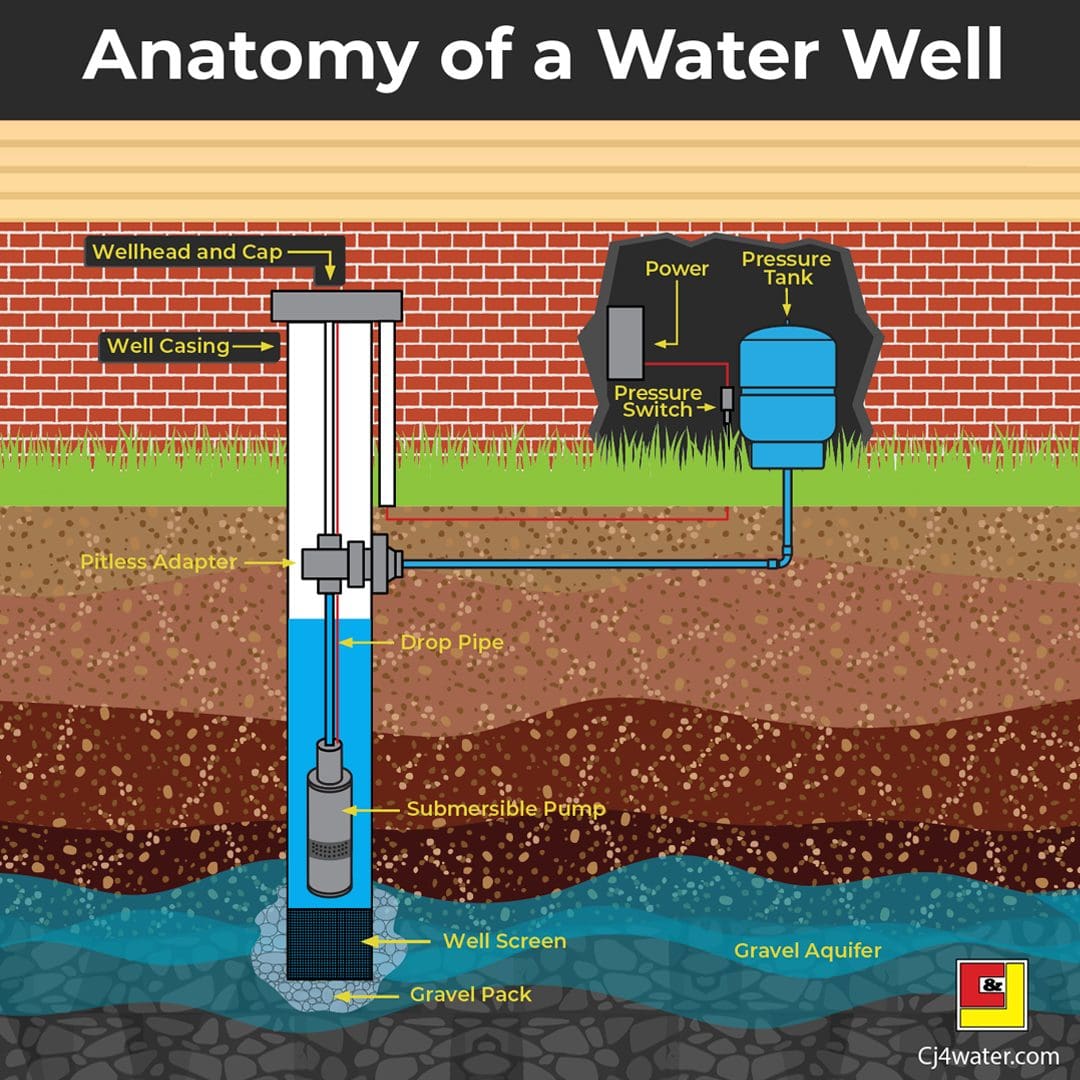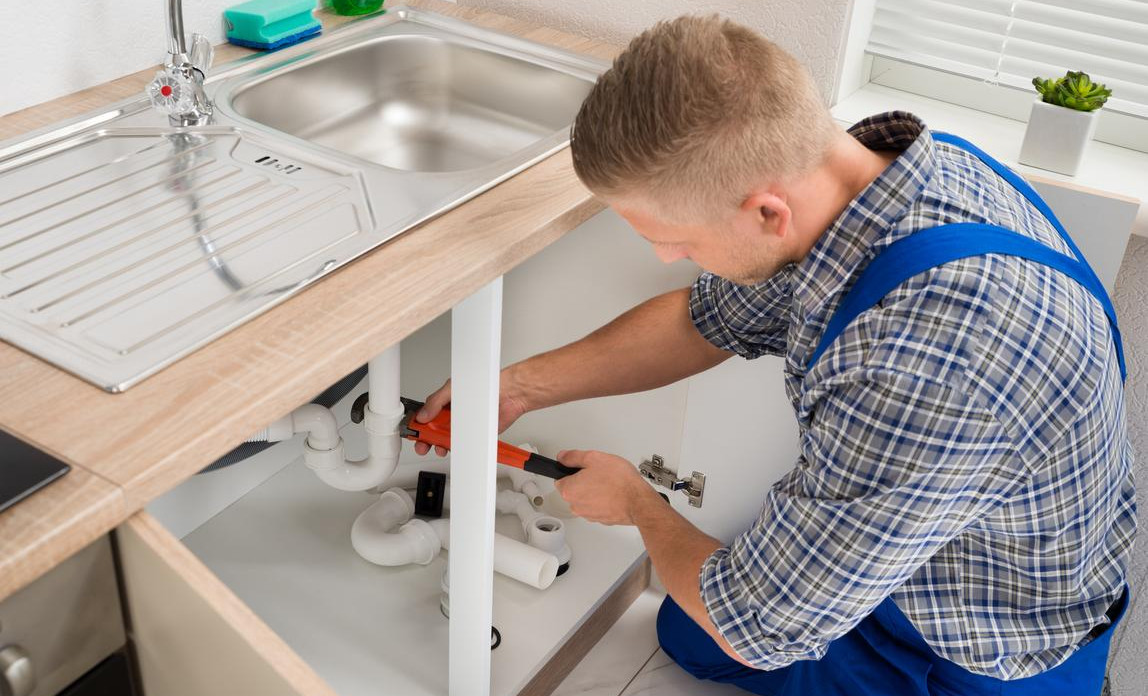Examining Your House's Plumbing System Anatomy
Examining Your House's Plumbing System Anatomy
Blog Article
This post which follows involving Plumbing Installation 101: All You Need to Know is quite informative. You should look it over.

Recognizing how your home's plumbing system works is essential for every single home owner. From providing clean water for drinking, cooking, and bathing to securely getting rid of wastewater, a properly maintained plumbing system is important for your household's health and wellness and comfort. In this comprehensive guide, we'll discover the complex network that makes up your home's plumbing and deal pointers on upkeep, upgrades, and managing common problems.
Introduction
Your home's plumbing system is more than simply a network of pipelines; it's a complicated system that ensures you have access to tidy water and effective wastewater removal. Knowing its parts and exactly how they work together can help you protect against pricey repair services and guarantee every little thing runs efficiently.
Basic Components of a Pipes System
Pipes and Tubing
At the heart of your pipes system are the pipes and tubes that bring water throughout your home. These can be made of numerous materials such as copper, PVC, or PEX, each with its benefits in terms of resilience and cost-effectiveness.
Components: Sinks, Toilets, Showers, and so on.
Fixtures like sinks, commodes, showers, and tubs are where water is used in your house. Recognizing just how these components link to the plumbing system helps in detecting troubles and preparing upgrades.
Valves and Shut-off Factors
Valves regulate the flow of water in your plumbing system. Shut-off shutoffs are essential throughout emergencies or when you need to make fixings, allowing you to separate parts of the system without interfering with water flow to the entire residence.
Supply Of Water System
Key Water Line
The major water line connects your home to the local water or a private well. It's where water enters your home and is dispersed to numerous fixtures.
Water Meter and Stress Regulator
The water meter measures your water usage, while a pressure regulator ensures that water flows at a safe pressure throughout your home's plumbing system, avoiding damage to pipes and fixtures.
Cold Water vs. Hot Water Lines
Understanding the distinction in between cold water lines, which supply water straight from the primary, and warm water lines, which bring heated water from the hot water heater, helps in fixing and preparing for upgrades.
Water drainage System
Drain Pipes Piping and Traps
Drain pipelines bring wastewater far from sinks, showers, and bathrooms to the drain or septic system. Catches prevent sewer gases from entering your home and also trap debris that might trigger blockages.
Ventilation Pipelines
Air flow pipes enable air right into the water drainage system, preventing suction that might slow water drainage and trigger traps to empty. Correct ventilation is crucial for maintaining the integrity of your pipes system.
Importance of Appropriate Drainage
Making certain appropriate drainage stops backups and water damages. Consistently cleaning drains pipes and maintaining catches can prevent costly repairs and prolong the life of your pipes system.
Water Heating System
Types of Water Heaters
Hot water heater can be tankless or typical tank-style. Tankless heaters heat water on demand, while storage tanks store heated water for instant usage.
Just How Water Heaters Attach to the Plumbing System
Understanding how water heaters attach to both the cold water supply and hot water distribution lines aids in diagnosing problems like inadequate warm water or leakages.
Maintenance Tips for Water Heaters
On a regular basis purging your hot water heater to remove sediment, examining the temperature level settings, and examining for leakages can expand its lifespan and enhance power performance.
Usual Plumbing Concerns
Leaks and Their Reasons
Leaks can happen due to aging pipelines, loose installations, or high water stress. Dealing with leakages quickly stops water damages and mold development.
Blockages and Clogs
Blockages in drains and commodes are frequently brought on by purging non-flushable items or an accumulation of grease and hair. Making use of drain displays and being mindful of what drops your drains can avoid obstructions.
Indicators of Plumbing Issues to Expect
Low water pressure, sluggish drains pipes, foul odors, or unusually high water bills are indications of possible plumbing problems that must be resolved promptly.
Plumbing Maintenance Tips
Routine Examinations and Checks
Schedule annual plumbing assessments to capture concerns early. Look for signs of leaks, rust, or mineral build-up in taps and showerheads.
Do It Yourself Maintenance Tasks
Straightforward jobs like cleaning faucet aerators, looking for bathroom leakages making use of color tablets, or insulating exposed pipes in chilly environments can stop significant pipes concerns.
When to Call a Specialist Plumber
Know when a plumbing issue requires expert competence. Trying complicated repair services without correct expertise can bring about even more damages and greater repair service expenses.
Upgrading Your Plumbing System
Reasons for Upgrading
Upgrading to water-efficient components or changing old pipelines can boost water top quality, minimize water expenses, and boost the value of your home.
Modern Plumbing Technologies and Their Benefits
Explore technologies like smart leakage detectors, water-saving commodes, and energy-efficient hot water heater that can conserve money and decrease environmental influence.
Expense Considerations and ROI
Compute the in advance prices versus long-lasting savings when thinking about plumbing upgrades. Lots of upgrades pay for themselves via minimized utility expenses and fewer fixings.
Environmental Influence and Conservation
Water-Saving Components and Home Appliances
Installing low-flow taps, showerheads, and toilets can dramatically decrease water use without compromising efficiency.
Tips for Decreasing Water Use
Easy behaviors like repairing leakages promptly, taking shorter showers, and running full lots of washing and dishes can save water and reduced your energy costs.
Eco-Friendly Plumbing Options
Think about lasting pipes products like bamboo for floor covering, which is durable and environmentally friendly, or recycled glass for counter tops.
Emergency situation Readiness
Steps to Take During a Plumbing Emergency
Know where your shut-off shutoffs lie and just how to switch off the water supply in case of a burst pipe or major leak.
Value of Having Emergency Situation Calls Handy
Keep contact information for local plumbing technicians or emergency situation solutions easily offered for fast feedback throughout a pipes situation.
Do It Yourself Emergency Situation Fixes (When Appropriate).
Temporary fixes like utilizing air duct tape to spot a leaking pipe or positioning a container under a leaking faucet can decrease damage up until a professional plumber gets here.
Final thought.
Understanding the makeup of your home's pipes system equips you to maintain it properly, saving time and money on fixings. By complying with regular upkeep routines and remaining informed regarding modern-day plumbing innovations, you can guarantee your plumbing system runs efficiently for many years ahead.
HOW YOUR PLUMBING SYSTEM WORKS
Which Pipes Do What?
Blue lines = fresh water supply entering the building
Red lines = hot water supply entering the building
Grey lines = pipes carrying waste away from the building and venting pipes carrying gases away from the building (through the roof)
YOUR MAIN PLUMBING SYSTEMS
There are two main plumbing systems that support your home s basic plumbing needs one that brings clean water into your home, and one that sends dirty water away from your home. Connected to the toilet, bath, shower, and other faucets in your home, these two systems keep your water flowing in the right directions.
ACCESSING FRESH WATER
Fresh and clean water is brought into your home through the main water supply line . Filtered through one pipe, this water is pressured to flow into the various fixtures in your home at any given time.
This water can be sourced from a well located on your property, a pond or river (mostly cottages), or, as in most cases, from the city s municipal water treatment centre. However, it is important to note that water that is untreated, such as the water siphoned from ponds or rivers, may not be safe to drink. Personal water supplies always need to be treated for hardness and contaminants before consumed.
MUNICIPAL WATER SUPPLIES
Improve taste and odour
Remove sediment
Eliminate hardness
Reduce chlorine
COLD WATER SUPPLY VS. HOT WATER SUPPLY
Cold water flows into your home or building through the service line, which then distributes hot or cold water to your fixtures. This line is most commonly run through a central column that runs floor to floor. Hot water runs in short and straight pipes as the longer the pipeline, the more heat that will be lost in the transfer. Having shorter pipes also allows residents to access hot water more quickly.
WASTE WATER SYSTEM
Your wastewater system is divided into two parts pipes that send wastewater away from your home and venting pipes that send sewer gas away from your home. Sewage water travels through pipes that flush the water and waste towards local sewers that are operated and managed by your city or town. Most sewer systems rely on gravity to move the wastewater to where it needs to go.
The further away from your toilet or sink, the larger wastewater pipes become. This allows for waste to be disposed of from various parts of your home or business at once without pipe blockages. The angle and flow of these pipes are also essential for keeping your waste pipes clear of build up.
https://harrisplumbing.ca/how-your-home-plumbing-system-works/

HOW YOUR PLUMBING SYSTEM WORKS
Which Pipes Do What?
YOUR MAIN PLUMBING SYSTEMS
There are two main plumbing systems that support your home s basic plumbing needs one that brings clean water into your home, and one that sends dirty water away from your home. Connected to the toilet, bath, shower, and other faucets in your home, these two systems keep your water flowing in the right directions.
ACCESSING FRESH WATER
Fresh and clean water is brought into your home through the main water supply line . Filtered through one pipe, this water is pressured to flow into the various fixtures in your home at any given time.
This water can be sourced from a well located on your property, a pond or river (mostly cottages), or, as in most cases, from the city s municipal water treatment centre. However, it is important to note that water that is untreated, such as the water siphoned from ponds or rivers, may not be safe to drink. Personal water supplies always need to be treated for hardness and contaminants before consumed.
MUNICIPAL WATER SUPPLIES
COLD WATER SUPPLY VS. HOT WATER SUPPLY
Cold water flows into your home or building through the service line, which then distributes hot or cold water to your fixtures. This line is most commonly run through a central column that runs floor to floor. Hot water runs in short and straight pipes as the longer the pipeline, the more heat that will be lost in the transfer. Having shorter pipes also allows residents to access hot water more quickly.
WASTE WATER SYSTEM
Your wastewater system is divided into two parts pipes that send wastewater away from your home and venting pipes that send sewer gas away from your home. Sewage water travels through pipes that flush the water and waste towards local sewers that are operated and managed by your city or town. Most sewer systems rely on gravity to move the wastewater to where it needs to go.
The further away from your toilet or sink, the larger wastewater pipes become. This allows for waste to be disposed of from various parts of your home or business at once without pipe blockages. The angle and flow of these pipes are also essential for keeping your waste pipes clear of build up.
https://harrisplumbing.ca/how-your-home-plumbing-system-works/
As an enthusiastic person who reads on The Inner Workings of Your Home's Plumbing, I think sharing that excerpt was a good thing. You should take a moment to promote this blog entry if you liked it. Thanks so much for your time spent reading it.
Suggested Site Report this page